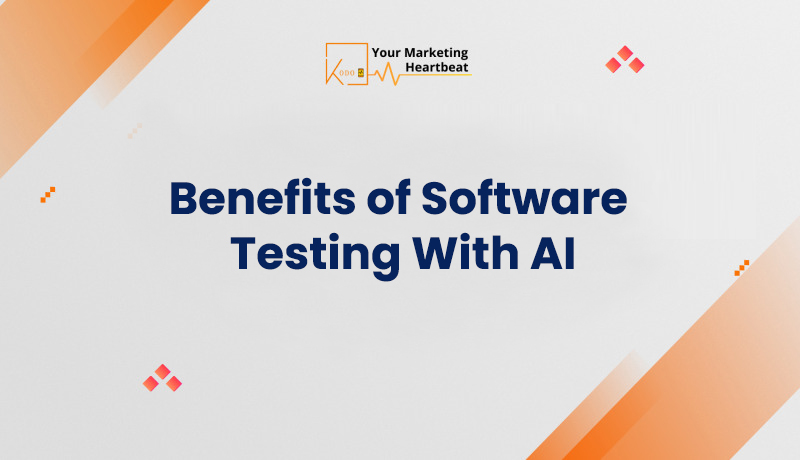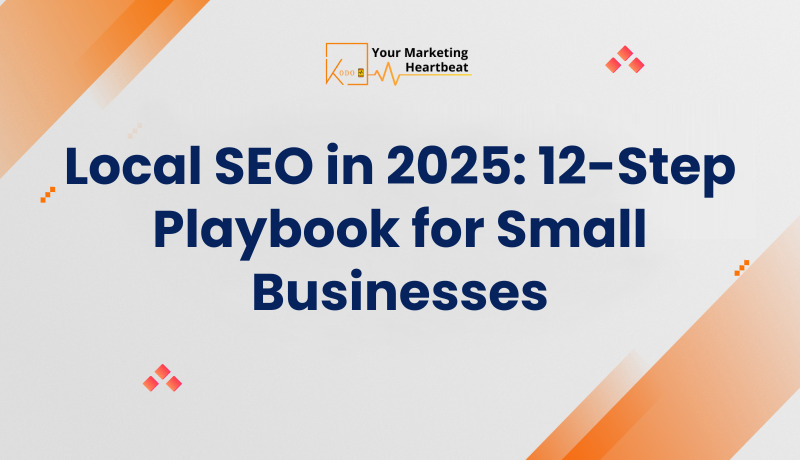
Unleashing the Power of AI in Software Testing: Enhancing Quality and Efficiency
In today’s fast-paced digital world, software quality is crucial. Applications must function flawlessly to satisfy users and ensure business success. This is where software testing becomes essential. However, traditional testing methods often can’t keep up with the complexity and speed required. This is where Artificial Intelligence (AI) steps in. AI-driven software testing is transforming the industry, offering numerous benefits that enhance both the quality and efficiency of software development.
The traditional approach to software testing, which heavily relies on manual processes, is often time-consuming and prone to human error. As software applications become more complex and release cycles shorten, the limitations of manual testing become increasingly apparent. Testing every possible scenario and user interaction manually is not only impractical but also inefficient.
Artificial Intelligence (AI) has emerged as a revolutionary force in the realm of software testing, addressing these challenges head-on. By automating and enhancing various aspects of the testing process, AI-driven software testing is transforming the industry. AI brings a new level of precision, speed, and efficiency that traditional methods cannot match.
In this blog, we will explore the numerous benefits of incorporating AI into software testing. From improving accuracy and expanding test coverage to accelerating testing cycles and reducing costs, AI offers many advantages that significantly enhance both the quality and efficiency of software development. By leveraging AI-driven testing tools, companies can ensure the delivery of robust, reliable, and user-friendly software, gaining a competitive edge in the market.
AI can significantly improve the accuracy and reliability of software testing. Traditional methods rely heavily on human testers, who can make mistakes. AI algorithms, however, can analyze large amounts of data with great precision, identifying patterns and anomalies that human testers might miss. This reduces the chance of bugs slipping through and ensures a more reliable software product.
AI allows for comprehensive test coverage by automating the creation of test cases. It can simulate a wide range of user interactions and scenarios, making sure every possible path is tested. Manual testing often can’t achieve this level of coverage due to time and resource constraints. With AI, every function, feature, and integration point can be thoroughly tested, leading to more robust and error-free software.
Getting software to market quickly is critical. AI-driven testing tools can speed up the testing process significantly. Automation reduces the time needed to execute tests and analyze results, providing quicker feedback. This is especially important in agile environments, where rapid iteration and continuous delivery are key. Faster testing cycles mean quicker releases and a better ability to stay ahead of the competition.
Using AI in software testing can lead to substantial cost savings. Automated testing reduces the need for large QA teams and minimizes the resources required for manual testing. This lowers the overall testing expenditure and helps develop high-quality software within budget.
AI-driven testing tools often come with predictive analytics capabilities. By analyzing historical data and testing trends, AI can predict potential problem areas in the software. This proactive approach allows developers to address issues before they become critical, enhancing the software’s overall stability and performance. Predictive analytics also help in better resource allocation and test planning, ensuring a more efficient testing process.
Machine learning, a key part of AI, plays a crucial role in continuous improvement. AI algorithms learn from previous test cycles, continuously improving their accuracy and efficiency. This adaptive learning process means that AI-driven testing tools become more effective over time, providing better insights and identifying more complex issues. This continuous improvement loop ensures that the software testing process evolves alongside the software itself.
The goal of software testing is to ensure a seamless user experience. AI-driven testing tools excel in this area by simulating real-world user interactions and identifying usability issues. By ensuring that the software performs well under various conditions and use cases, AI helps deliver a superior user experience. Satisfied users are more likely to become loyal customers, driving business growth and success.
Integrating AI into software testing is a game-changer for the industry. From improving accuracy and test coverage to speeding up testing cycles and reducing costs, AI offers numerous benefits that enhance the quality and efficiency of software development. By leveraging AI-driven testing tools, companies can ensure the delivery of robust, reliable, and user-friendly software, gaining a competitive edge in the market.
Embracing AI in software testing is not just a trend but a necessity in today’s digital age. As technology continues to evolve, the role of AI in testing will only become more significant, driving innovation and excellence in software development.



April 23, 2024